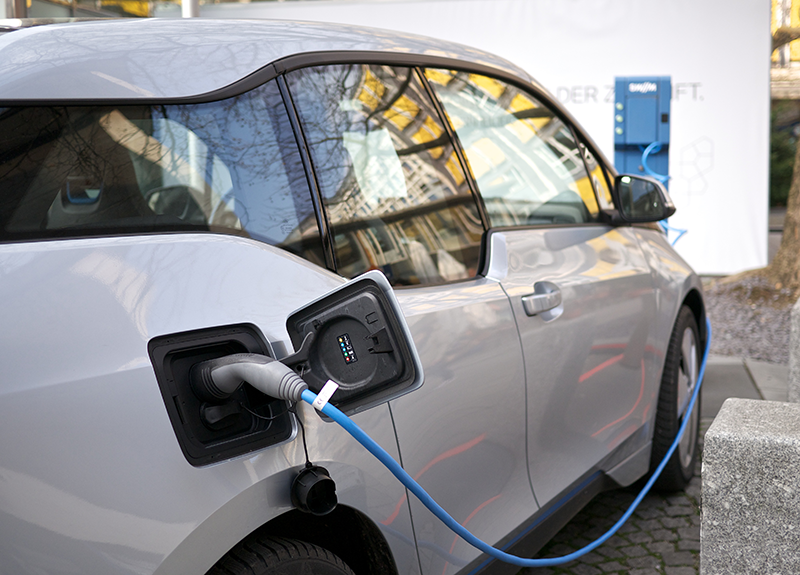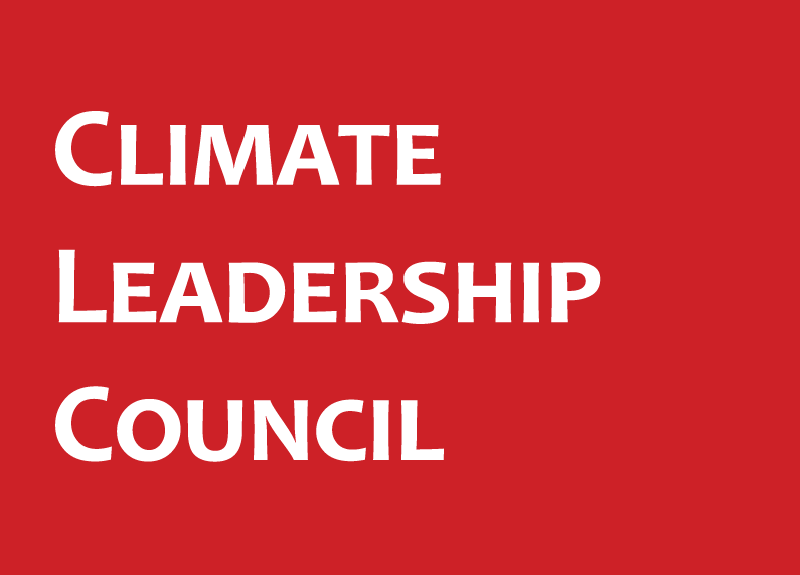Launched in May of 2016, the Northwestern-Exelon Master Research Agreement established an initial five-year period of research around a robust project portfolio, including grid management and resilience, energy storage and renewable technologies. The partnership, formed between Exelon and Northwestern’s Institute for Sustainability and Energy at Northwestern (ISEN) was established to streamline the process for evaluating, testing and scaling scientific discoveries made in Northwestern labs for commercial-scale implementation.
Since its inception, the partnership has launched two, three-year research projects:
- Project to improve the stability and charge time of lithium ion batteries in electric vehicles
- Research to enhance solar cell performance using singlet fission and self-assembly fabrication
Longer life for lithium-ion
Lithium-ion batteries power everything from personal electronics to electric vehicles, the latter of which are projected to shape a $15 billion market in 2025. However, that market value is a mere fraction of what it could be, says Mark Hersam, Walter P. Murphy Professor of Materials Science and Engineering at Northwestern.
Through a three-year research agreement with Exelon, Hersam and his lab are working to tackle two of the biggest impediments to greater market penetration of lithium-ion technologies—stability and charge time—with the goal of reducing charge time from several hours to as low as ten minutes.
“It takes a few minutes to refuel an internal combustion engine, compared to the few hours it takes to recharge an electric vehicle. Therefore, if we increase battery charging rates by a factor of ten, the charging time becomes comparable to refueling your car,” Hersam says.
Hersam’s lab started the work seven years ago under the auspices of the Center for Electrochemical Energy Science (CEES), an Energy Frontier Research Center of the US Department of Energy. The CEES is a collaboration between Argonne National Laboratory, Northwestern University, and the University of Illinois at Urbana-Champaign.
The team showed that it could develop a lithium-ion battery with a longer lifespan, made possible by a unique process that encapsulates the battery’s cathode material within graphene, a one-atom-thick sheet of carbon. Graphene is derived from graphite, the earth-abundant material found in pencil lead. It’s known to have high electrical conductivity, while remaining chemically inactive, and therefore resistant to the chemical interactions that lead to degradation within a battery. The result? A longer battery life and a more stable battery.
“There are many examples in the media where you see lithium-ion batteries igniting on fire due to a variety of failure mechanisms,” says Hersam. “Our battery materials help safeguard against these issues.”
Hersam has demonstrated this technique with lithium manganese oxide (LMO), a material that he notes is preferred for use in fundamental lab studies, but is not among the most popular materials used in lithium-ion batteries on the market today. For the Exelon project, Hersam will use two materials that are currently used in electric vehicle batteries: lithium nickel-manganese-cobalt oxide (NMC), used in the Chevy Volt and lithium nickel-cobalt-aluminum oxide (NCA), used in Tesla-brand vehicles.
NMC and NCA have applications beyond electric vehicles, including in grid-level storage. Hersam also notes that once he and his team are able to demonstrate that their technique can be applied to other materials, such as those found in smartphones or power tools, new opportunities for additional applications will open up. His technique also expands the operating temperature range of lithium-ion batteries, which could prove useful for drones or satellites that fly at high altitudes or even much closer to home in electric vehicle batteries.
“If you own an electric vehicle and you drive around it the winter in Chicago, you’re using power just to keep the batteries warm, whereas if the batteries worked at low temperatures, that energy would be saved allowing your battery to be more efficient,” says Hersam.
Over the course of the next three years, the team will work to integrate NMC and NCA with graphene. As they approach the end of the program, they will work to demonstrate first a prototype of a coin cell (about the size of a watch battery) and then a pouch cell (about the size of a smartphone battery).
“Once we get to the pouch cell size, we will be in a strong position to work with industry partners on commercialization,” he says.
Pushing solar cells to the limit
The maximum possible efficiency of conventional solar cells, or so-called single junction solar cells, hovers around 33 percent, even though few solar cells in everyday use exceed 20 percent. Through a research partnership with Exelon, a Northwestern research team aims to push that limit to 45 percent by applying a combination of novel processes to solar cell fabrication.
Led by Michael R. Wasielewski, the Clare Hamilton Hall Professor of Chemistry, the team is developing new materials that can carry out a process called singlet fission, which converts the energy in every photon of sunlight into two pairs of charges that are then collected by electrodes in the cell. The fact that singlet fission in these materials yields two charge pairs for every photon absorbed, instead of the usual single pair of charges, results in the boost in efficiency. These new materials created at Northwestern are derived from commercial dye molecules found in paints, and make better use of the blue end of the visible light spectrum.
“Singlet fission is a phenomenon that’s been known for 50 years, but was not recognized until 10 years ago as being relevant to photovoltaics,” says Wasielewski. “By developing new materials that will carry out singlet fission, we hope to deliver a new solar cell technology that can be commercialized.”
The process has an array of potential applications for producing flexible solar cells that can be processed in a roll-to-roll fashion or even printed. Examples include rolled solar shades, solar coatings for buildings, and solar clothing or solar backpacks.
In their first year of research, the team will focus largely on generating the tailored dye molecules that will successfully perform singlet fission. In the second year, they will develop methods of getting the new materials to self-assemble into ordered structures and figure out how to fabricate these materials on electrodes in a solar cell. In the third year of the project, the team will set up a solar cell fabrication and test facility to make a prototype.
“At Northwestern, we have the expertise to self-assemble molecules into larger structures that have a specific order, and we also have experience in solar cell fabrication,” says Wasielewski. “The third year of the project is designed to be primarily translational and will help us determine whether our materials will really work in the context of a prototype solar cell.’
Once the team successfully develops the prototype, it can serve as a testbed for evaluating a variety of singlet fission materials, and set the ground rules for using singlet fission for enhancing solar cell performance.
“What’s important about singlet fission is that it offers us the possibility of replacing or enhancing the photo-active materials in a solar cell rather than completely redesigning or redeveloping the solar cell’s basic structure. The more we learn about singlet fission, the more widely it will be applied to practical energy conversion devices.”
For more information about the Northwestern-Exelon Partnership, see the 2016 press release.





